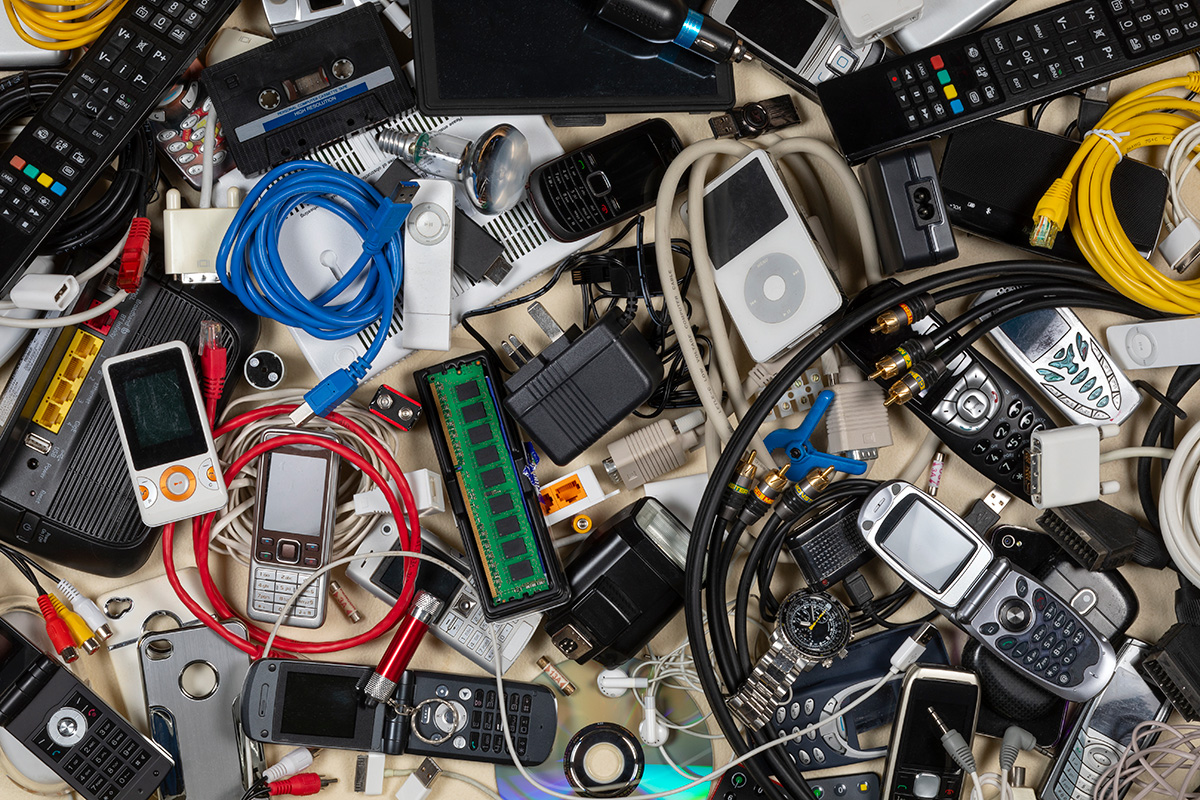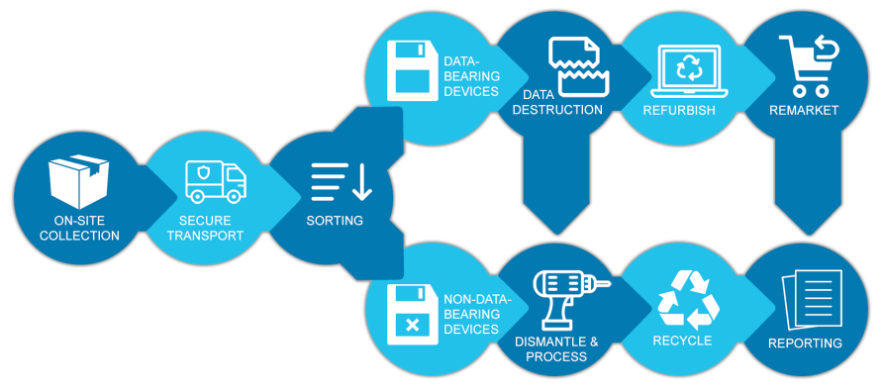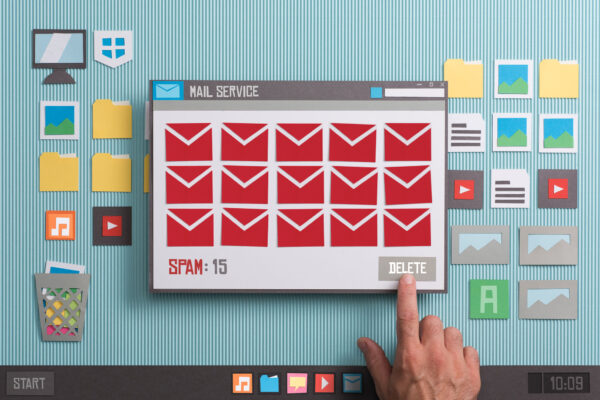Earth Day Turns 53

It all started with the Santa Barbara oil spill in 1969.
That disaster inspired an activist named John McConnell to approach UNESCO with the idea for a day to honor the earth. The UN agreed it would be March 21, 1970.
Stealing the limelight quickly, Senator Gaylord Nelson of Wisconsin proposed an “environmental teach-in” for the USA. Unfortunately, the idea of a “teach-in” was boring. That problem was solved when Julian Koenig, one of the greatest advertising copy writers of all time, coined the name Earth Day. The momentum the ad campaign for Earth Day created was extraordinary to the point where 20 million people in the USA marched in defense of protecting the environment. (Fun fact, Koenig’s birthday is also on April 22. That’s not a coincidence).
Who paid for the big ad campaign? Looking back from today’s perspective, it’s interesting that the massive scale of the first Earth Day is credited to the United Auto Workers union. The union’s leadership provided significant financial and logistical support. Why? The answer is smog. The UAW understood that their workers could be making cleaner cars but Detroit needed lots of pressure to change.
Earth Day is now a global event. In 2016, the Paris Agreement was signed by 174 countries plus the EU on Earth Day. For the 50th anniversary, Earth Day 2020 created the largest online mass mobilization ever documented with roughly 100 million people participating globally.
Recycling more than plastic bottles
Laptops, desktops, smartphones, monitors, TVs, printers, servers, security cameras, and more; businesses usually have more electronic devices than people. Most electronic devices in the office have an end-of-life expiration date. This creates a lot of sophisticated trash called “e-waste.” Almost 3 million tons are generated in the USA each year. That’s less than one percent of all solid waste but it is a complicated form of waste that, for the sake of the Earth, needs to be managed intelligently.
The EPA now has a whole division dedicated to e-waste management. Safely destroying and recycling e-waste is now a specialized service industry. It’s a complicated business encompassing data security, toxic waste, global recycling, and careful documentation.
- Discarding items that contain sensitive data requires complete-data destruction as the critical first step in the process.
- Most items contain batteries and other toxic materials like palladium that must be removed, isolated, and processed responsibly.
- Often, recycling opportunities are a better choice than filling landfills. An obsolete laptop for a business might still be useful for a community in a poorly developed country or an underserved school.
- The process must be correctly documented to show adherence to national and regional regulations.
One company that is 100% dedicated to the business of e-waste is eWaste ePlanet. They use a process that looks like this:
 Let’s face it. We are not really “saving the planet” because the Earth will be here for another 100 billion years. We are trying to save humanity. Our ability to exist here depends on our ability to recognize how the hyper-speed evolution of the industrial age could be setting the stage for our own demise.
Let’s face it. We are not really “saving the planet” because the Earth will be here for another 100 billion years. We are trying to save humanity. Our ability to exist here depends on our ability to recognize how the hyper-speed evolution of the industrial age could be setting the stage for our own demise.
Earth Day is not an act of love for the earth. Earth Day is a cry for help to ensure our own survival.


